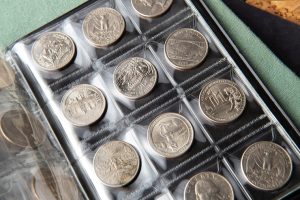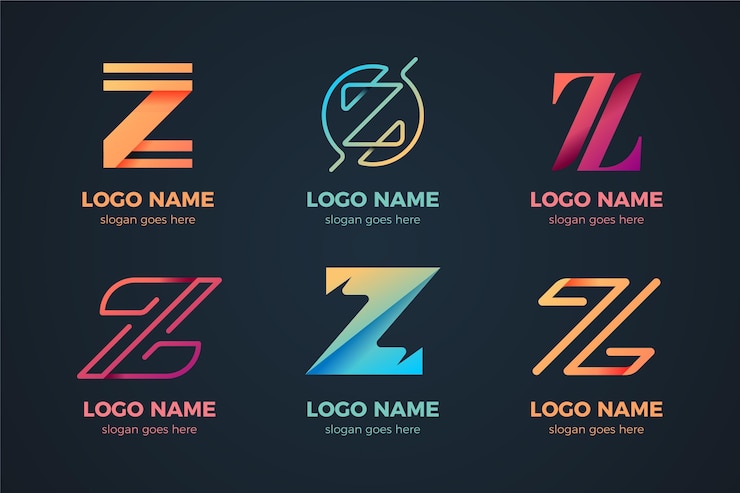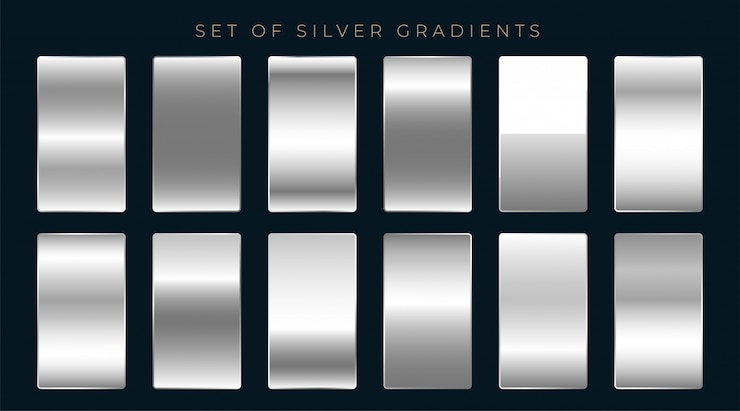
Recently, I dove into some decluttering and stumbled upon six old red books that I’ve cherished since I began collecting back in the summer of 2012. Initially, I thought I’d never let go of them, given my tendency to obsess over things I love. However, it soon became clear that they were just gathering dust on my shelves. If I truly want to embrace the minimalist lifestyle I envision, I need to find new homes for these books, ideally with those who are new to collecting and aren’t as concerned with the edition year.
These books hold valuable information, and while prices might fluctuate with coin types and demand, the main content remains a helpful resource—the very reason many of us hold onto them. But realistically speaking, one copy is enough!
Instead of allowing this knowledge to languish on my shelves, I’ve decided to share them with the world, with hopes they inspire budding collectors. I’ve discovered four exciting ways to do this, and I encourage you to consider them too.
The best place for these books might be your local coin club. They often host events throughout the community, educating others about the hobby, and partner with organizations like the Boy Scouts. Even if there’s no immediate demand for them, keeping extra copies around could benefit their libraries. Not everyone can afford to update their collection annually!
Another idea is to sell your old red books at the next coin club auction. This keeps them “in the family,” and you can earn some extra cash while supporting your club—since they receive commissions from sales. I recently sold one for $4.00, more than half off the sticker price!
You might also donate your books directly to your town’s library. Most libraries lack current books on coin collecting, so providing resources to visitors could be immensely helpful. It’s really the gift that keeps on giving! Some generous folks even subscribe libraries to the ANA for monthly coin magazines.
Similarly, most thrift stores lack materials on coin collecting. You never know who might stumble upon them—a young person who becomes intrigued or someone rediscovering a forgotten collection. Plus, donating might even get you a small tax write-off.
And here’s the most fun option! Little Free Libraries are “take a book, return a book” exchanges. They come in all shapes and sizes, usually small wooden boxes. I donated a red book to one near a school, hoping to spark interest in a curious kid. It was gone in 48 hours—mission accomplished!
These books are hefty, like bowling balls, but leaving them on the floor is no better than letting them collect dust on shelves. You might want to pass along Mega Reds in one of the ways mentioned above. They combine coin value guides with grading guidance and feature extensive research. Great to own, but again, one is enough.
So, unless you’re aiming for a complete red book collection, it’s worth considering sharing your copies and spreading the hobby’s love. Tidier shelves are just a bonus!
******
NOTE: I didn’t part with my 1947 2nd edition red book—it’s worth about $150, and I’m waiting for the right person to take it off my hands before I damage it! Rare book collectors face quite the challenge keeping them safe.
NOTE II: Don’t have a red book yet? Grab one to elevate your collection game! They’re not spot-on for resale values—they offer “retail” benchmarks—but the wealth of knowledge is vast. Plus, they help spot rare coins. You can pick one up from Amazon for around $10, or try your local library or coin club! (Just a heads up, Amazon links are affiliate links.)







